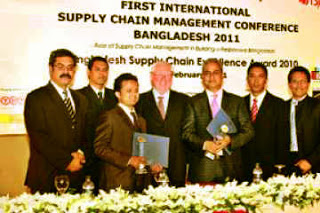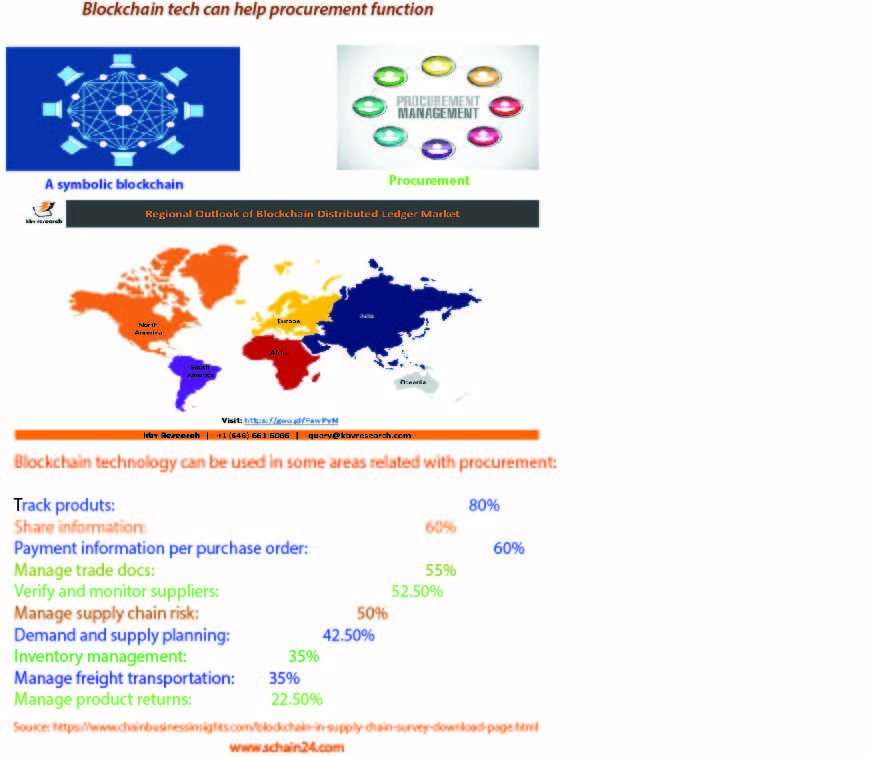Introduction:
According To Some Scholars, Skills/Competencies Of Supply Chain Professionals Are Technical Proficiency In Some Discrete Areas, Such As, Familiarity With Logistics, Warehousing Equipments, Distribution Centers, Freight Issues Etc. Key Supply Chain Professional’s Skills /Competencies Include Global Orientation, Knowledge About Various Systems, And Leadership Issues. And Superior Business Skills.At The Minimum Level, They Should Have An Understanding Of Business Continuity Basics/Organization’s Business Continuity Approach And Strategy.
Roles/Responsibilities Of Supply Chain Professionals Include Alignment Of All Players Of The Ecosystem, To Enable Value Creation And Sustainable Competitive Advantage. These Roles May Differ From Company To Company, But Goals Are Generally Same. Positioning/Developing Supply Chains Are The Main Issue For All Companies.Among The roles are Internal /External logistics, Systems analysis, Sales forecasting, Quality management, Strategy development are the usual responsibilities of supply chain professionals. They should be aware of constant evolving nature of the supply chain process and goals.
Professional’s certification in Supply Chain Management is attainable by means of a certification examination, which is developed by a third party (usually a nonprofit certification authority).It guarantees a certain level of expertise on supply chain body of knowledge. APICS (the Association for Operations Management), ISCEA (the International Supply Chain Education Alliance) & IOSCM (Institute of Supply Chain Management) are such kind of authorities, who provide supply chain management certification.
Certified Supply Chain Professional or (CSCP) certification is provided by APICS; Certified Supply Chain Manager (CSCM) certification is provided by ISCEA; Certified Professional in Supply Management (CPSM) [7] is provided by IOSCM.
Awarding
|
Institute
|
The
|
International
|
International
|
Institute
|
Procurement issues |
High |
High |
High |
High |
High |
Strategic Sourcing policy |
High |
Low |
High |
Low |
Low |
Product Development |
High |
High |
Low |
Low |
Low |
Production & Lot Sizing |
Low |
Low |
Low |
Low |
High |
Quality issues |
High |
High |
Low
|
Low
|
High
|
|
Lean Six Sigma issues
|
Low
|
Low
|
High
|
High
|
Low
|
|
Management of Inventory
|
High
|
High
|
High
|
High
|
High
|
|
Warehouse Management issues
|
Low
|
Low
|
Low
|
High
|
High
|
|
Network Design issues
|
Low
|
Low
|
High
|
High
|
Low
|
|
Transportation issues
|
Low
|
Low
|
High
|
High
|
High
|
|
Integrated Supply Chain Management
|
Low
|
High
|
High
|
High
|
High
|
|
Customer Service Management
|
Low
|
High
|
High
|
Low
|
High
|
|
Pricing issues
|
Low
|
Low
|
Yes
|
Yes
|
Low
|
|
Risk Management issues
|
High
|
Low
|
Low
|
Low
|
High
|
|
Project Management issues
|
High
|
Low
|
Yes
|
Low
|
High
|
|
People Management
|
High
|
Low
|
High
|
Low
|
High
|
|
Technology issues
|
Low
|
High
|
High
|
High
|
High
|
|
Theory of Constraints
|
Low
|
Low
|
High
|
High
|
Low
|
|
Operational Accounting issues
|
High
|
Low
|
High
|
Low
|
Low
|
 |
| SCM Conference |





really a great post sir
Thank you for another excellent post. The place else could anybody get that type of info in such an ideal method of writing? I’ve a presentation next week, and I’m at the search for such info.
I’m very happy to read this. This is the type of manual that needs to be given and not the accidental misinformation that is at the other blogs. Appreciate your sharing this best doc.